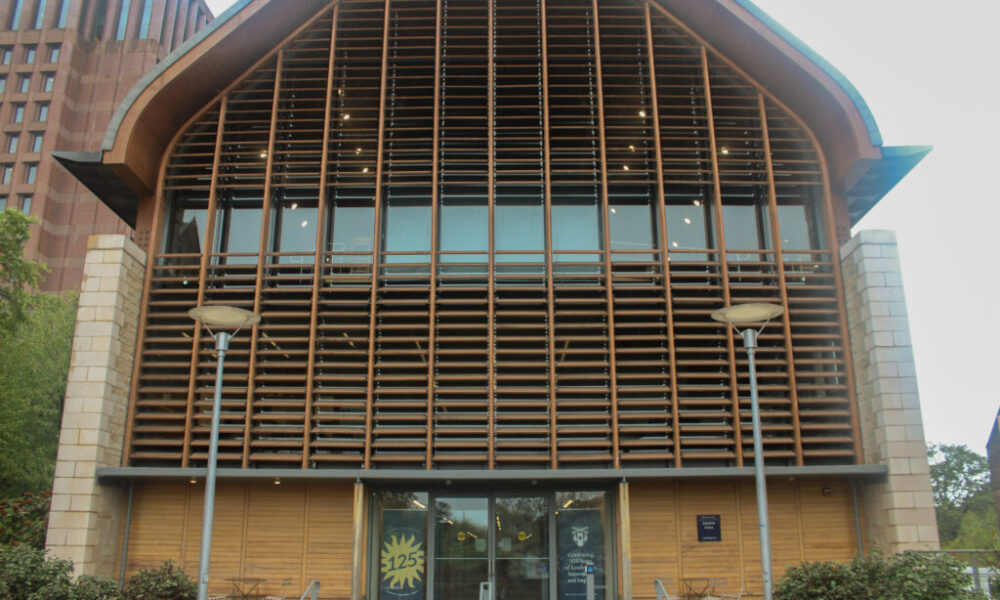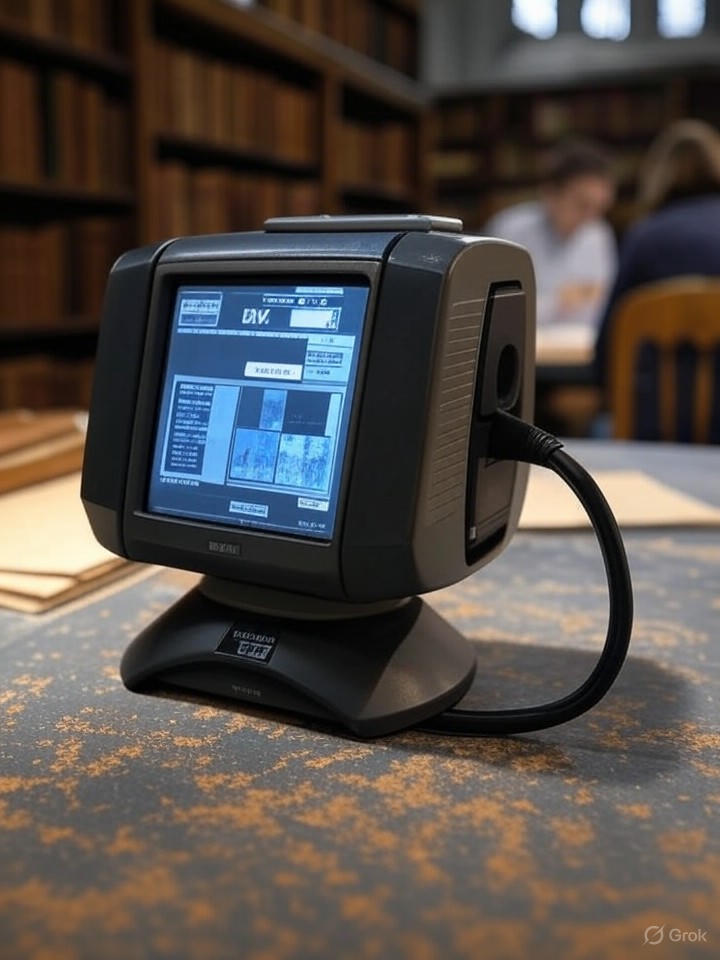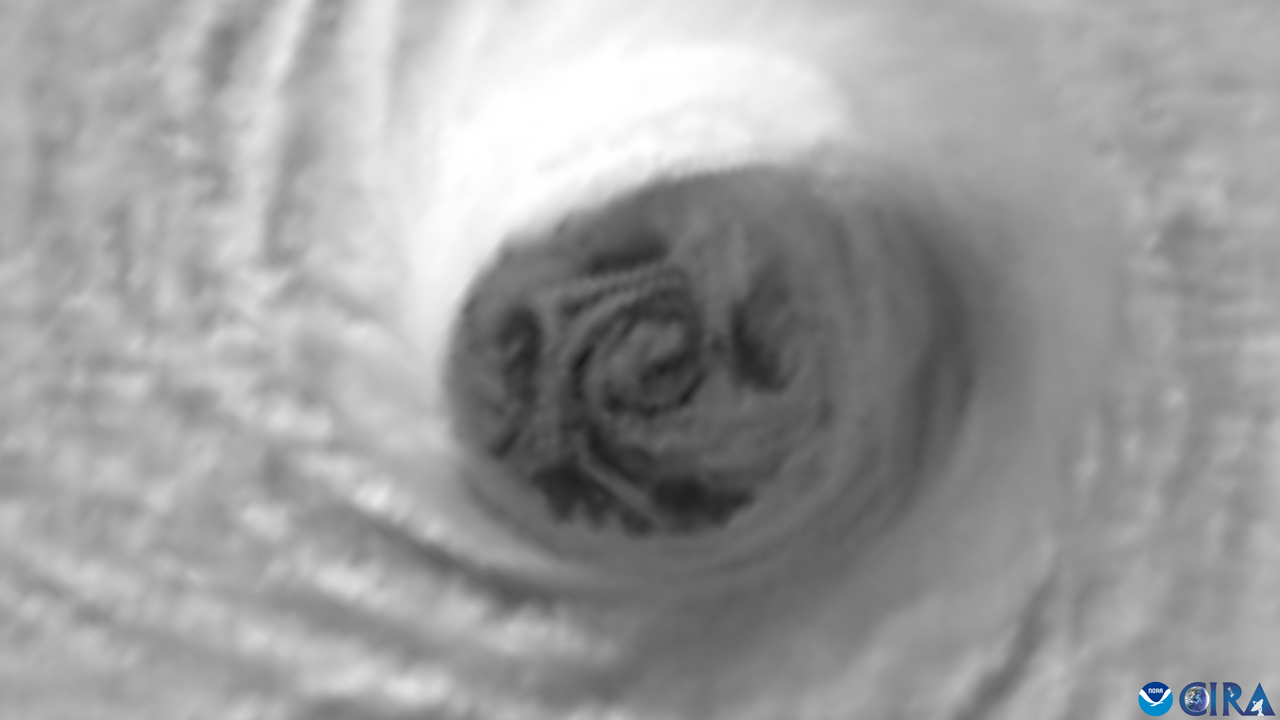The University of Hawaiʻi at Mānoa has become a key player in a groundbreaking initiative funded by the National Science Foundation (NSF), which has allocated $25.6 million to enhance the monitoring of natural disasters through artificial intelligence (AI). The project, named Sage Grande, aims to deploy 300 advanced sensor systems across the United States to improve the detection and response to environmental threats such as wildfires, floods, and volcanic eruptions.
Sage Grande enables researchers to take AI out of traditional laboratory settings and into real-world applications. These sensors are designed to analyze data on-site, facilitating quicker communication about changing environmental conditions. This immediacy allows communities, scientists, and policymakers to receive timely alerts regarding potential dangers like smoke from a wildfire or unusual volcanic activity.
Advancing Environmental Science
Professor Jason Leigh, who directs the Laboratory for Advanced Visualization and Applications at UH Mānoa, emphasized the initiative’s dual benefits of enhancing disaster preparedness and providing students with hands-on experience in cutting-edge AI technology. “By joining Sage Grande, UH is not only advancing disaster preparedness and environmental science, but also giving our students hands-on experience with cutting-edge AI,” Leigh stated.
Plans are underway to install two to three of these sensors across the Hawaiian Islands in 2024, with specific locations to be determined. The team from UH Mānoa includes Leigh, along with colleagues Chris Shuler, Han Tseng, Anke Kügler, and Tom Giambelluca from the Water Resources Research Center. This collaboration represents a significant step in utilizing technology for environmental monitoring.
Building on Existing Technology
The University of Hawaiʻi is already familiar with this technology. At Hawaiʻi Volcanoes National Park, current-generation Sage sensors have been instrumental in research conducted by UH students. These sensors analyze real-time data from the Kīlauea volcano, demonstrating how AI can provide critical information, such as identifying whether an eruption is occurring.
In another application, a similar sensor has been installed in Lahaina, an area recently impacted by the devastating wildfires of 2023. This system connects to the internet via satellite and measures air quality and fire risks, contributing to recovery efforts and future planning. The project in Lahaina is supported by a separate NSF grant and aims to collect valuable climate and pollution data. Local students are actively involved in this initiative, gaining practical training in both environmental science and AI technologies.
The Sage Grande project exemplifies how academic institutions can leverage funding and technology to address pressing environmental challenges. With its commitment to innovation, the University of Hawaiʻi at Mānoa is positioning itself at the forefront of disaster preparedness and environmental research.







